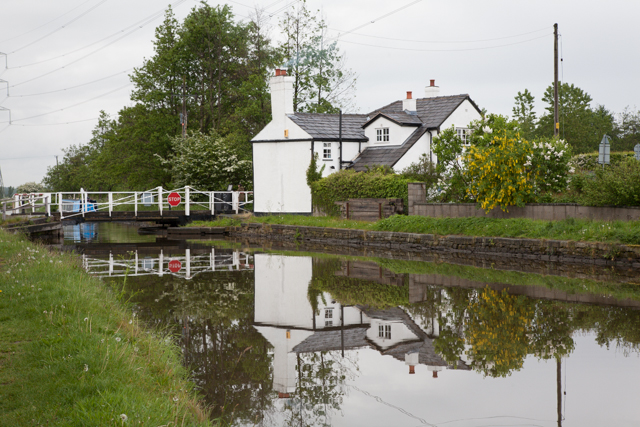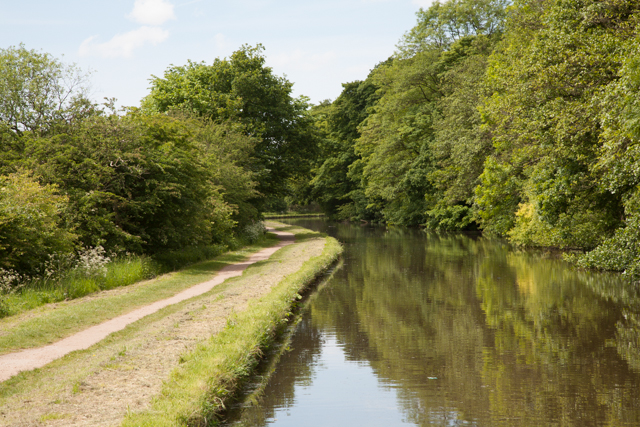Canals
Britains Canal Network
Britain’s Canals
Britain’s canal network as it stands today is testament to various restoration projects by societies and organisations whose love for these waterways has helped restore many miles.
The result is a network of canals that pass through some of the most beautiful countryside in Britain. The use of Canals date back to medieval and even Roman times but the canals we know today were largely built in the 18th century.
Britain’s canal network was built as a consequence of the industrial revolution that needed quick and reliable alternative transport to the medieval road system that was still in use.
This new canal system was both cause and effect of the rapid industrialization of the Midlands and the north. The period between the 1770's and the 1830's is often referred to as the "Golden Age" of British canals.
Leading industrialists of the day were quick to recognize the value of the new mode of transport; canal boats could transport 10 times more goods than a horse.
The Duke of Bridgewater who owned mines in the north of England commissioned the building of the first canal the Bridgewater Canal to ferry coal from his mines to Manchester, this proved so successful that he recouped his money in a few years.
Large industrial areas like the potteries also used the network, Josiah Wedgewood realized this transport system was not only able to bring the clay to his factory but also take his finished goods quickly to market in the large cities and minimize breakages to delicate products like porcelain.
It is ironic that the progress of the industrial revolution was also the reason for the demise of the canals the advent of the railways meant faster and bigger load carrying capacity. The expansion of the railways effectively signaled the end of the canals as an efficient means of transportation of goods although some commercial traffic was recorded up to the 1950's.
These days the system is used almost entirely for leisure with holiday activities and sports all catered for on the network. The names of the canals sometimes reflect the routes taken i.e. the Leeds and Liverpool, Trent Mersey the Shropshire union and the Kennet and Avon, to name but a few.
Britain’s inland waterways although built by humans for commerce to serve the needs of industry, have become wildlife havens for a diverse range of flora and fauna.
These lovely stretches of water apart from being nature reserves are also full of history where you can relax and take it easy away from the hustle and bustle of city life. They are also places where you are guaranteed to see all manner of wildlife from swans, ducks and water voles to the brilliant flash of a kingfisher darting through the water.
For more information contact :-
https://canalrivertrust.org.uk/enjoy-the-waterways/canal-and-river-wildlife
http://www.wbct.org.uk/environment/a-to-z-of-canal-wildlife/canal-wildlife-p-r






